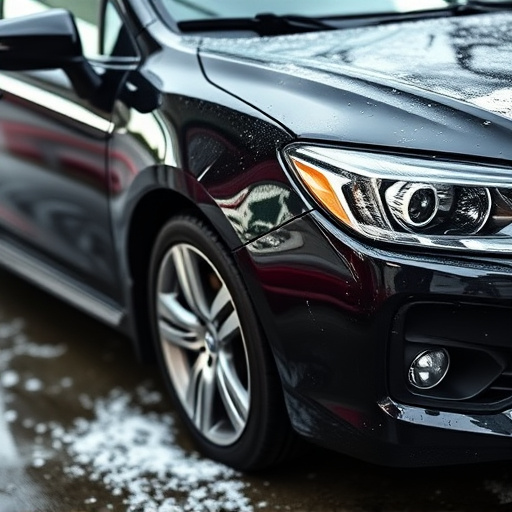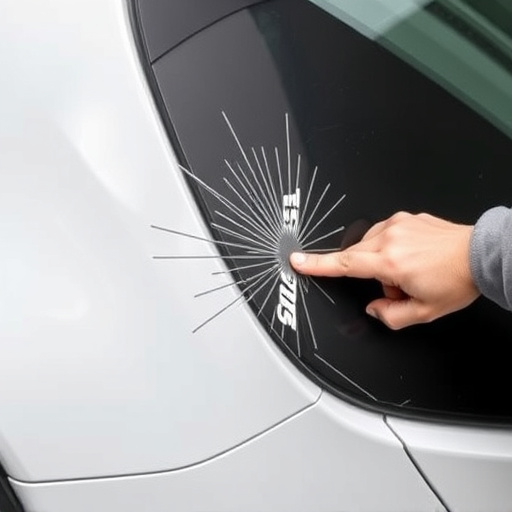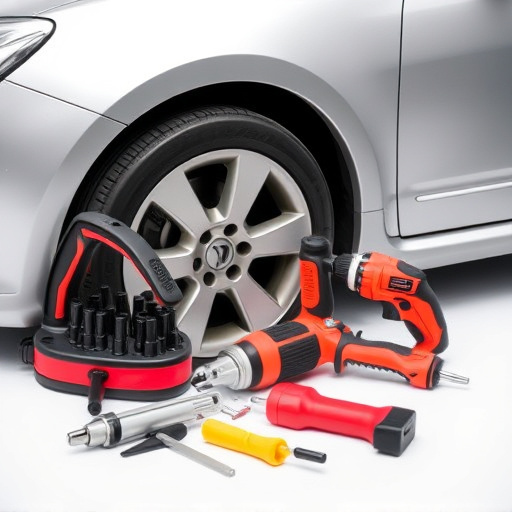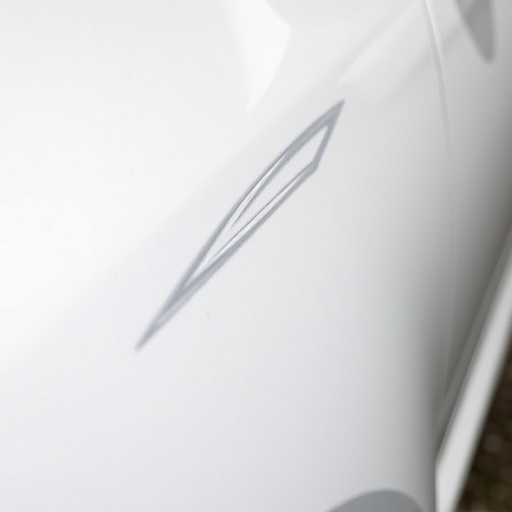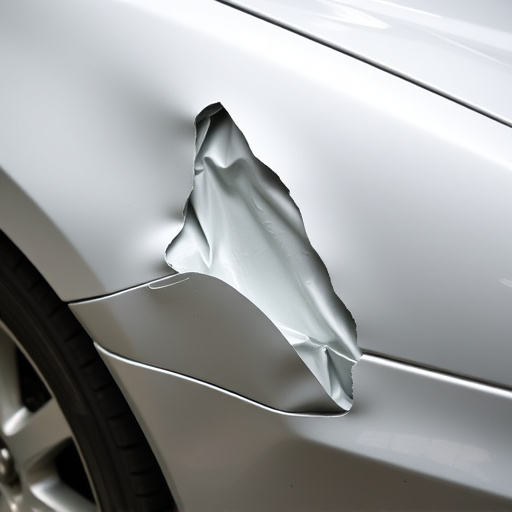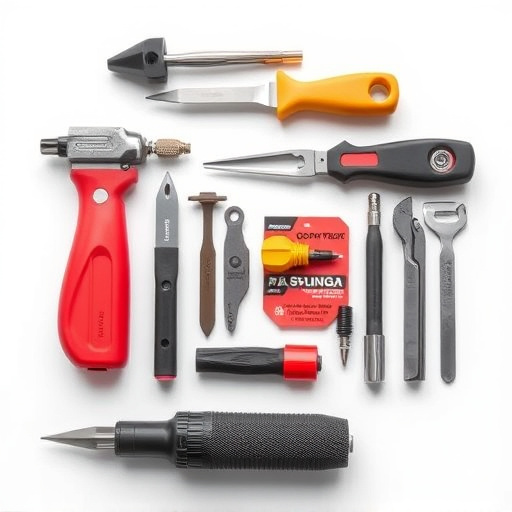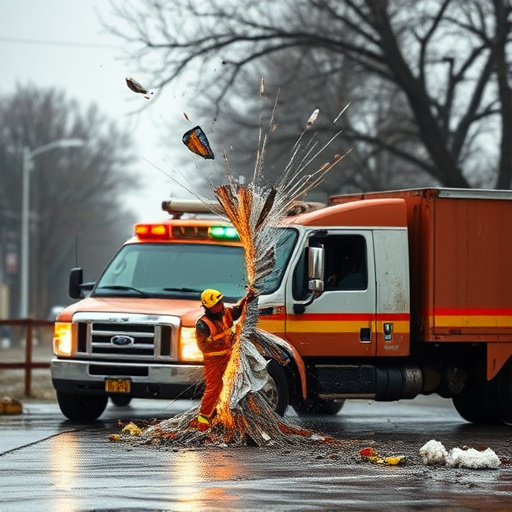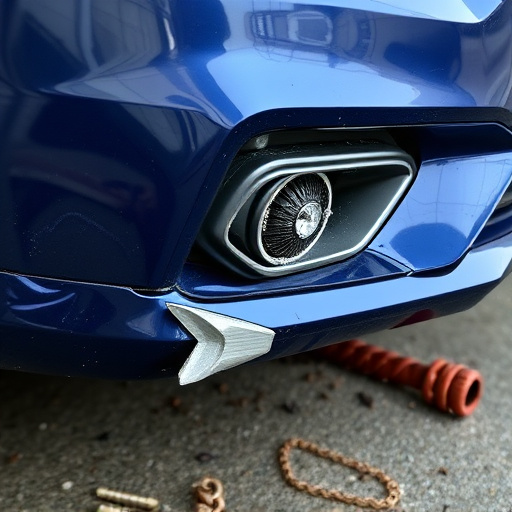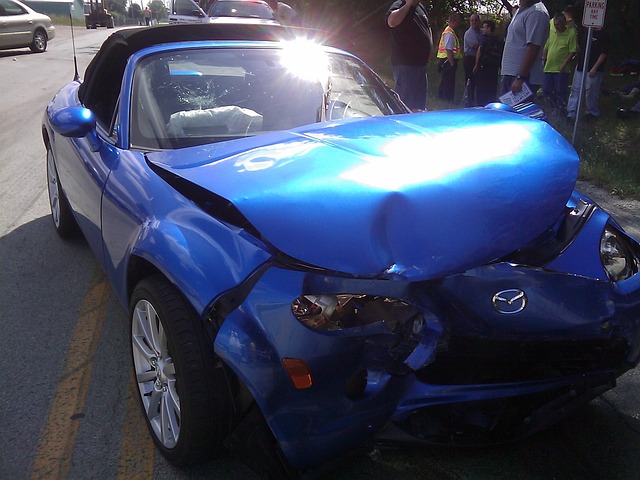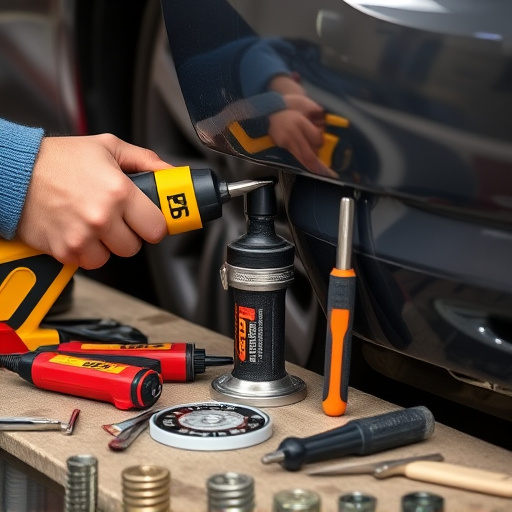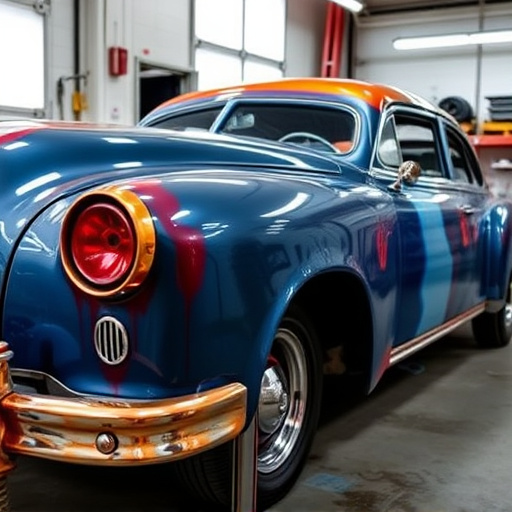Undercarriage inspections are crucial for early detection of structural issues in vehicles, preventing costly repairs and ensuring longevity despite road debris, weather, and terrain. Regular checks by qualified technicians using advanced tools reveal problems like frame damage or corrosion, allowing prompt repair to maintain structural integrity and enhance safety and performance, while also restoring aesthetic appeal through dent and scratch repair.
Undercarriage inspection and repair are crucial for maintaining vehicle safety and longevity. This essential process involves scrutinizing components that support and protect critical structural elements, often hidden from view. By identifying signs of damage early, such as cracks, corrosion, or misalignments, drivers can prevent catastrophic failures. The article delves into the understanding of undercarriage components, recognizing damage indicators, and the inspection/repair process to ensure long-term vehicle health, emphasizing the preventive benefits of proactive care.
- Understanding Undercarriage: Essential Components & Functions
- Signs of Damage: Recognizing Hidden Structural Issues
- Inspection Process & Repairs: Preventing Long-Term Complications
Understanding Undercarriage: Essential Components & Functions
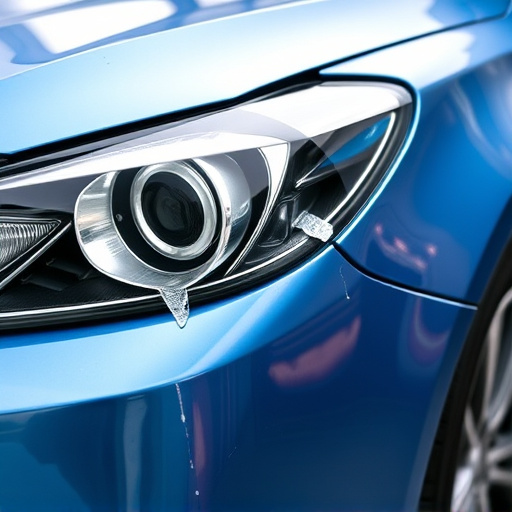
The undercarriage is a critical component of any vehicle, encompassing essential parts that enable smooth and safe operation. It includes the complex system of components beneath the car’s body, such as axles, wheels, suspension systems, and exhaust pipes. These elements play a pivotal role in supporting the vehicle’s weight, facilitating movement, and ensuring stability while driving. Regular undercarriage inspection repair is vital for several reasons.
By conducting thorough checks, mechanics can identify potential issues like damaged or worn-out parts, rust formation, or loose connections that might go unnoticed during routine visual inspections. Promptly addressing these problems through undercarriage inspection repair prevents them from escalating into more significant structural damage. Considering the constant exposure to road debris, harsh weather conditions, and varying terrain, maintaining the undercarriage is crucial for extending the lifespan of a vehicle and ensuring reliable performance of critical car repair services like vehicle dent repair or bodywork maintenance.
Signs of Damage: Recognizing Hidden Structural Issues

Hidden structural damage beneath a vehicle’s surface can often go unnoticed until it becomes a costly issue. This is where an undercarriage inspection repair comes into play, serving as a crucial preventive measure. Car owners should be aware of subtle signs indicating potential problems. One of the earliest indicators might be unusual noise during driving, such as clunking or squealing sounds, which could point to damaged suspension components or misaligned parts. Additionally, visual inspections can reveal leaks from worn-out seals or hoses, visible rust spots, or cracks in the underbody paneling—all suggesting potential structural weaknesses.
Regular undercarriage examinations by qualified technicians at a reputable vehicle body shop are essential. They use advanced tools and techniques to detect even the tiniest anomalies that might be difficult for owners to identify. These inspections can reveal hidden issues like frame damage, corroded exhaust systems, or faulty exhaust hangers—all of which, if left unaddressed, could lead to more severe and costly repairs later on. Prompt attention to such problems through undercarriage inspection repair can save significant time and money in the long run, ensuring the vehicle’s structural integrity remains intact.
Inspection Process & Repairs: Preventing Long-Term Complications

Regular undercarriage inspection repair is a proactive measure to prevent long-term structural damage. This process involves a meticulous examination of the vehicle’s underbelly, including the chassis, exhaust system, and other critical components often overlooked due to their hidden nature. Skilled technicians use specialized tools to detect even the smallest cracks, corrosion, or loose parts. Early identification of these issues is key; minor problems can escalate into significant structural complications if left unaddressed.
The repair process begins with addressing identified defects. This may include welding, patching, or replacing damaged parts. Auto body services provide solutions for various undercarriage-related issues, from rust spots to severe dents and cracks. Prompt repair ensures the vehicle’s structural integrity, preventing further damage that could impact safety and performance. Vehicle dent repair and scratch repair techniques are also utilized during this process to restore the undercarriage’s aesthetic appeal, ensuring not just functionality but also maintaining the car’s overall value.
Undercarriage inspection and timely repair are vital for maintaining vehicle safety and structural integrity. By identifying hidden damage early, drivers can prevent long-term complications and costly repairs. Regular undercarriage inspections not only ensure the smooth functioning of essential components but also safeguard against potential hazards. Embracing proactive maintenance through undercarriage inspection repair is a wise choice for vehicle owners, ensuring their rides remain reliable and safe on the road.
